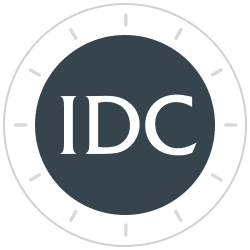Liquidity risk occurs when an institution’s loan delinquency exceeds 4% of its total loans and its balance sheet cash flow is substantially negative. Balance sheet cash flow is operating cash flow minus financial cash flow.
Operating cash flow equals the annual change in retained earnings less the annual change in…
Keep Reading »
At IDC Financial Publishing (IDCFP), the acronym CAMEL represents the financial ratios we use to evaluate the safety and soundness of commercial banks, savings institutions and credit unions. The "E" component of our CAMEL Rating represents institutions with substantial negative earnings due to leverage.
Banks with a low return from operations,…
Keep Reading »
A Specific Category of Banks Creates a Superior Forecast
At IDC Financial Publishing, (IDCFP), we focus on commercial and savings banks with brokered deposits as the best group of banks to analyze risk. Historically, institutions with brokered deposits* held the vast majority of all domestic liabilities and equity capital. This was…
Keep Reading »
A Specific Category of Banks Creates a Superior Forecast
At IDC Financial Publishing, (IDCFP), we focus on commercial and savings banks with brokered deposits as the best group of banks to analyze risk. Historically, institutions with brokered deposits* held the vast majority of all domestic liabilities and equity capital. This was…
Keep Reading »
A Specific Category of Banks Creates a Superior Forecast
At IDC Financial Publishing, (IDCFP), we focus on commercial and savings banks with brokered deposits as the best group of banks to analyze risk. Historically, institutions with brokered deposits* held the vast majority of all domestic liabilities and equity capital. This was…
Keep Reading »
